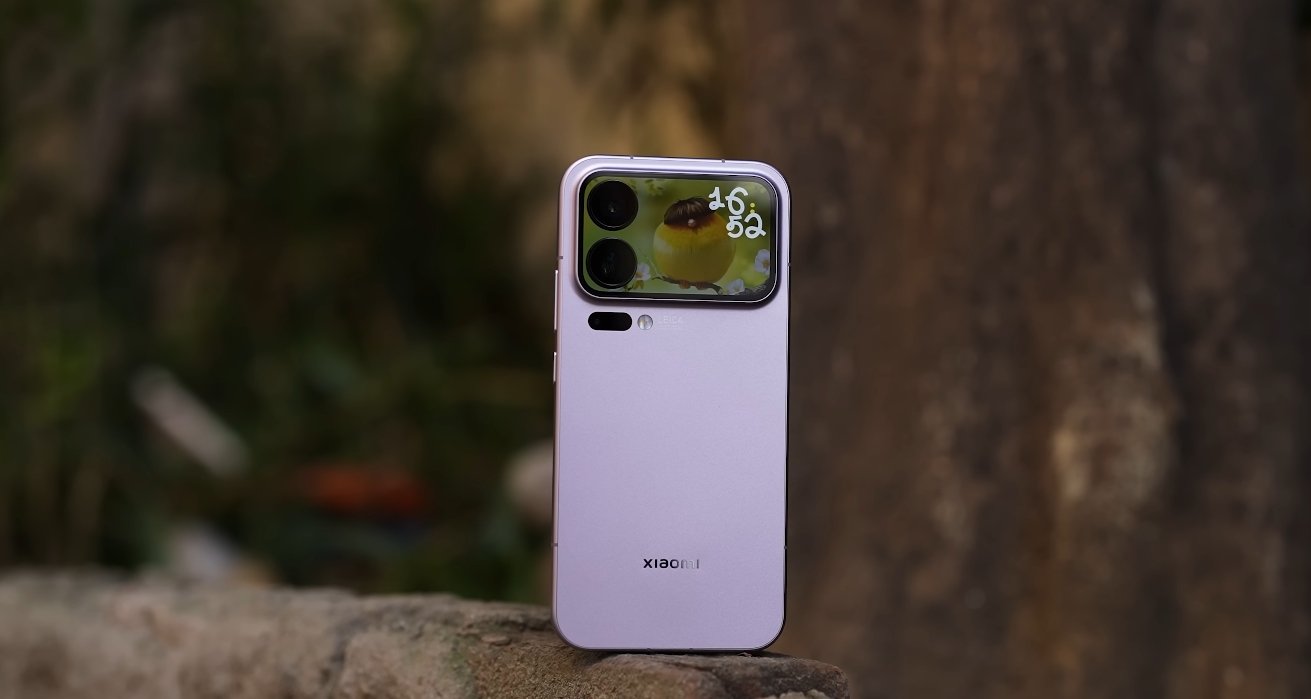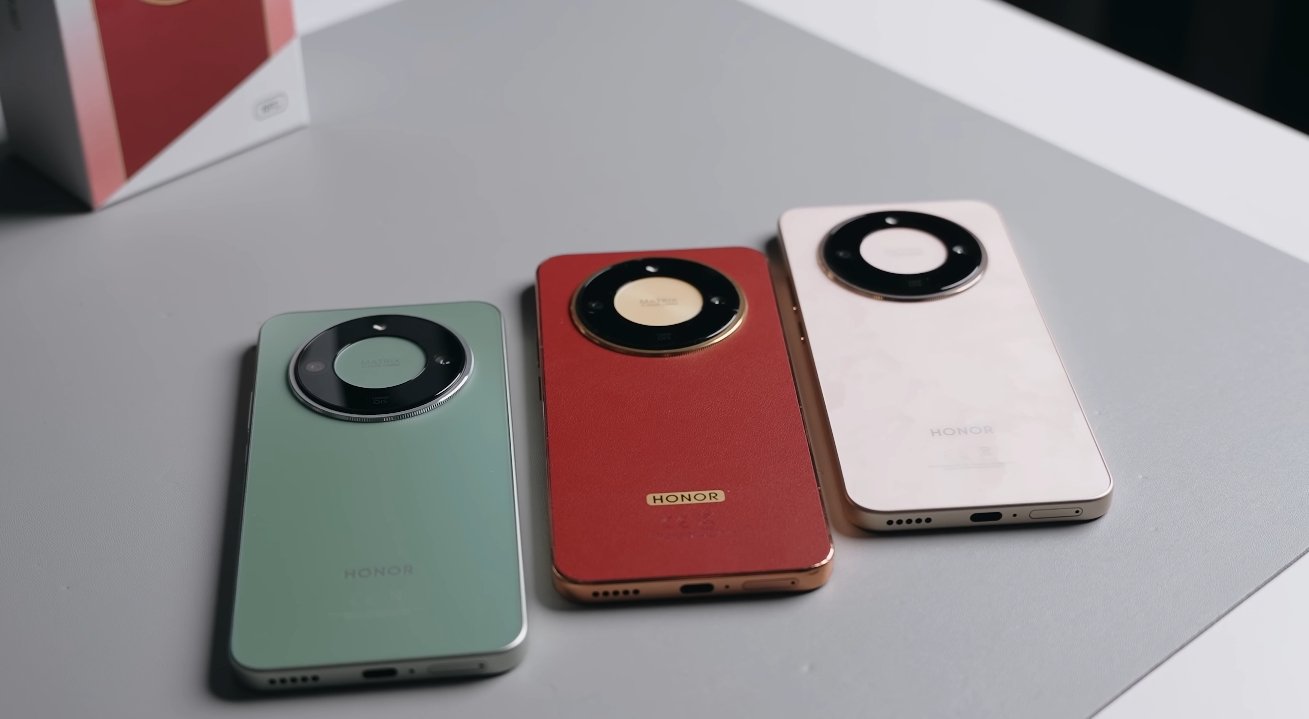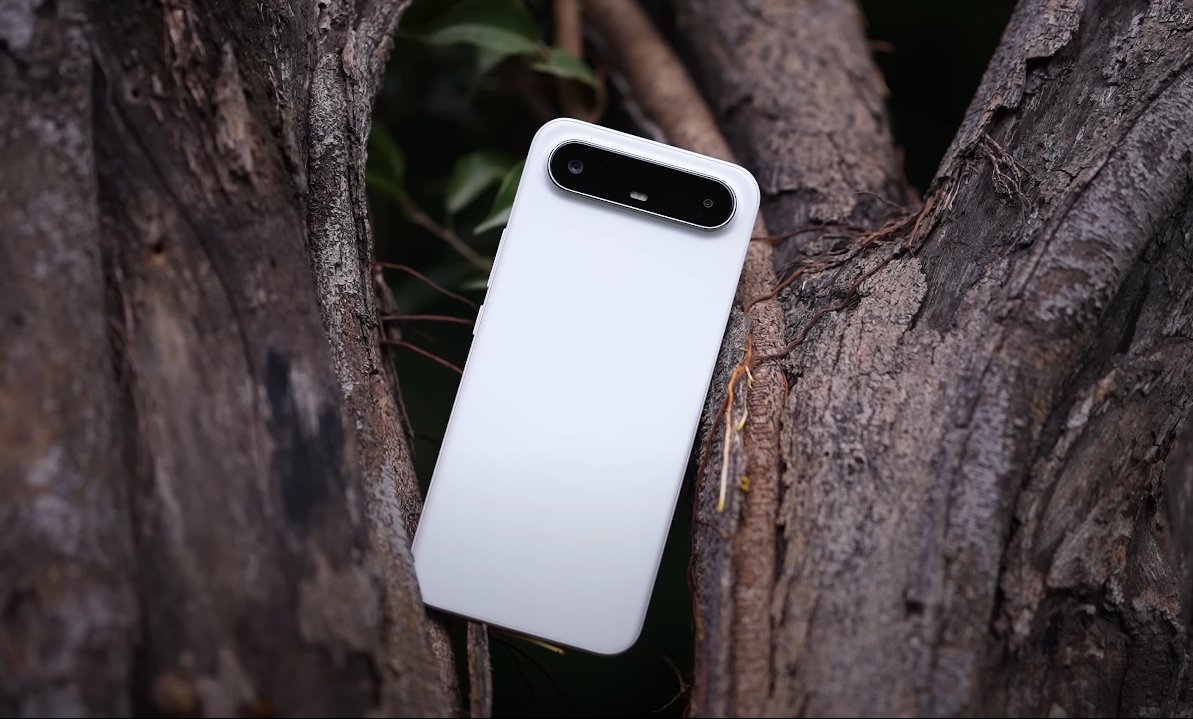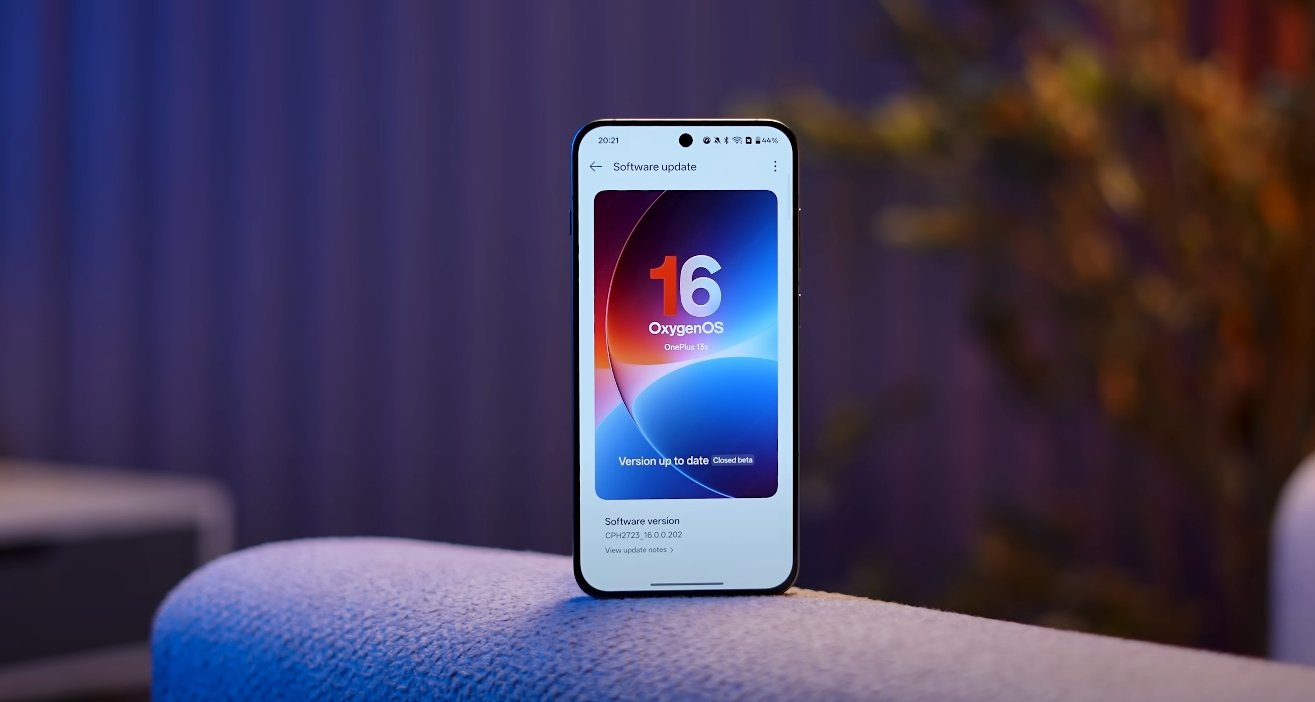Flagship Power Clash: Xiaomi 17 Pro Max vs Galaxy S24 Ultra Performance Review
The smartphone performance war continues to heat up in 2025, with Xiaomi and Samsung once again leading the charge. The Xiaomi 17 Pro Max and the Samsung Galaxy S24 Ultra are both top-tier devices built for demanding users, gamers, and professionals. While both claim industry-leading performance, this comparison digs into how these two flagships truly perform under heavy load, real-world speed tests, gaming, and thermal stress.
At first glance, both smartphones showcase the best each brand has to offer. The Xiaomi 17 Pro Max runs on Qualcomm’s latest Snapdragon 8 Elite Gen 5 chipset, built on a 3nm process for higher efficiency and power. Samsung’s Galaxy S24 Ultra, on the other hand, comes powered by the Snapdragon 8 Gen 3 for Galaxy, which has been custom-tuned by Samsung for performance. Both devices pack up to 16GB of RAM and UFS 4.1 storage, but Xiaomi’s newer chipset gives it an edge in terms of raw computing capability and energy management.
When it comes to speed tests, both devices deliver blazing-fast results. Apps launch instantly, games load within seconds, and switching between heavy applications is seamless on both sides. However, in side-by-side tests, the Xiaomi 17 Pro Max tends to edge out the S24 Ultra in a few key areas such as high-end gaming load times and multitasking with large background apps. Xiaomi’s optimization with its MIUI-based HyperOS appears to handle memory allocation more aggressively, resulting in smoother transitions and faster response times during demanding tasks.

Sustained performance is where the difference becomes more noticeable. Many smartphones perform well in short bursts but struggle to maintain top performance under continuous stress. The Xiaomi 17 Pro Max benefits from improved cooling solutions, including a large vapor chamber and advanced graphite layers that help dissipate heat efficiently. As a result, it maintains high clock speeds longer during extended gaming or 4K video rendering. The Galaxy S24 Ultra, while efficient, tends to throttle performance slightly earlier to keep temperatures under control, leading to a small but visible drop in sustained performance after 20 to 30 minutes of heavy load.
In gaming, both phones deliver near-console-quality experiences. The Xiaomi 17 Pro Max’s Adreno 860 GPU combined with the 144Hz AMOLED display ensures exceptionally fluid gameplay with minimal frame drops, even in graphically intense titles like Genshin Impact or Call of Duty Mobile. The Galaxy S24 Ultra, featuring the Adreno 750 GPU, still provides a top-tier experience but occasionally shows small frame rate dips during extended gaming sessions, especially when the phone gets warm. Xiaomi’s thermal balance allows it to sustain higher frame rates for longer durations, making it a better pick for hardcore gamers.
In multitasking and productivity, the Galaxy S24 Ultra retains its signature smoothness. Samsung’s One UI remains one of the most polished Android interfaces, and the phone’s performance feels consistent across tasks like document editing, video conferencing, and multitasking. However, Xiaomi’s 17 Pro Max feels a step faster in raw responsiveness, especially when switching between heavy apps or processing background updates. Users who rely on their phone for creative workloads like photo editing or 3D modeling might notice that Xiaomi’s device completes intensive tasks slightly quicker.
Battery and efficiency are another critical aspect of performance. Despite the higher power output, the Xiaomi 17 Pro Max’s 3nm chipset gives it a noticeable edge in energy management. It consumes less power for the same workload compared to the S24 Ultra. In practical terms, this means the Xiaomi phone runs cooler and lasts longer during high-performance scenarios such as gaming or video editing. Samsung’s Galaxy S24 Ultra still performs admirably with its optimized software, but its older node architecture consumes a bit more energy under stress.
In terms of user experience, both phones feel fast, fluid, and reliable. The Xiaomi 17 Pro Max focuses on raw power, thermal stability, and long-term consistency. It’s clearly built to push limits and handle anything from 3D gaming to heavy professional workloads. The Galaxy S24 Ultra, while slightly behind in raw numbers, offers a more balanced performance with a refined software experience and stable system behavior even after long-term use.
In conclusion, the Xiaomi 17 Pro Max emerges as the performance champion in this face-off, showing stronger sustained speeds, better heat management, and improved efficiency. Samsung’s Galaxy S24 Ultra remains one of the best all-rounders with excellent optimization and build quality. For users who want the absolute best in raw performance and gaming, Xiaomi’s latest flagship holds the upper hand. But for those seeking a more mature and balanced flagship experience, Samsung’s Galaxy S24 Ultra still delivers unmatched reliability and polish.







